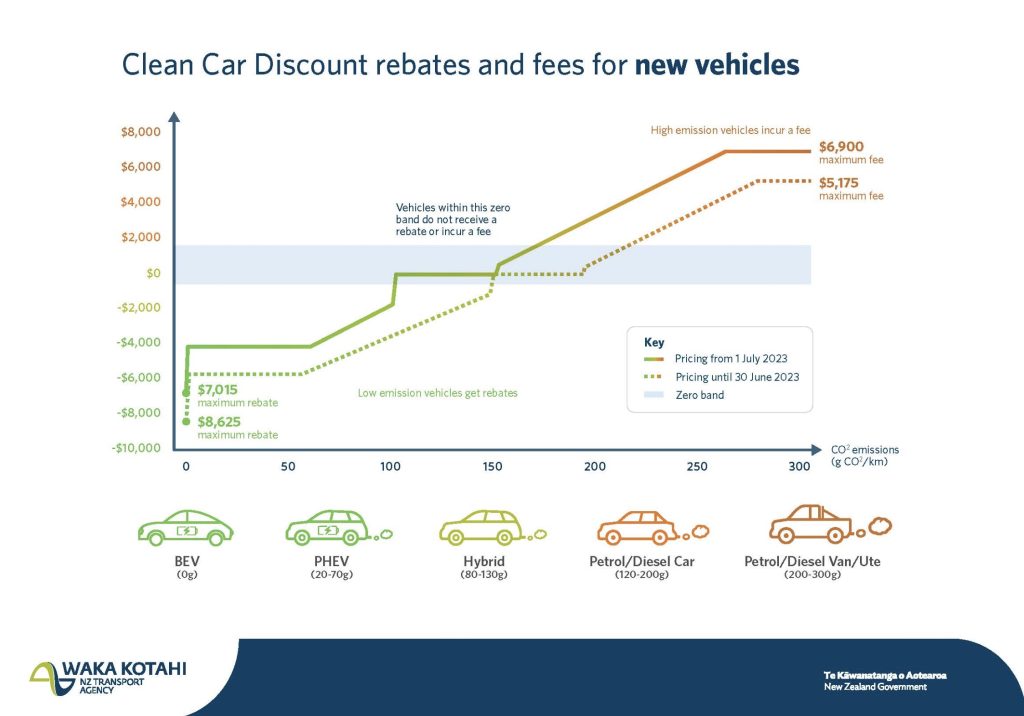General Motors announced today it would collaborate with Tesla to integrate the company’s North American Charging Standard (NACS) connector into its electric vehicles starting in 2025, while also expanding access to charge its EVs at Tesla Supercharger locations across 12,000 points in North America.
GM becomes the second company to adopt the NACS connector and come to terms with Tesla on some of its Supercharger Network, following Ford.
“This agreement complements GM’s ongoing investments in charging, reinforcing the company’s focus on expanding charging access across home, workplace, and public spaces and builds on the more than 134,000 chargers available to GM EV drivers today through the company’s Ultium Charge 360 initiative and mobile apps,” GM said in a statement.
Tesla came to terms with Ford earlier in June to open 12,000 North American charging locations to the Detroit-based automaker in an unprecedented move that seems to be the beginning of a constructive alliance among U.S. automakers to make charging options more available.
“Our vision of the all-electric future means producing millions of world-class EVs across categories and price points, while creating an ecosystem that will accelerate mass EV adoption,” GM’s Chair and CEO, Mary Barra, said. “This collaboration is a key part of our strategy and an important next step in quickly expanding access to fast chargers for our customers. Not only will it help make the transition to electric vehicles more seamless for our customers, but it could help move the industry toward a single North American charging standard.”
The Supercharger Network will open to GM vehicles starting in 2024 and drivers will initially need to utilize an adapter for charging. However, GM will start making its EVs with the NACS inlet for direct access to Tesla Superchargers.
Tesla Superchargers will also be integrated into GM’s vehicle and mobile apps, helping drivers locate, pay for, and initiate charging at the automaker’s class-leading EV chargers.
“Our mission is to accelerate the world’s transition to sustainable energy,” Rebecca Tinucci, Tesla’s Senior Director of Charging Infrastructure, said. “Giving every EV owner access to ubiquitous and reliable charging is a cornerstone of that mission. We’re excited to work with other industry leaders like General Motors to provide access to the Tesla Supercharger Network via the North American Charging Standard.”
Tesla announced earlier this year that it would open its superchargers in the United States to all Evies in an effort to gain a slice of the $7.5 billion government-funded Bipartisan Infrastructure Law introduced by President Joe Biden.
I’d love to hear from you! If you have any comments, concerns, or questions, please email me at joey@teslarati.com. You can also reach me on Twitter @KlenderJoey, or if you have news tips, you can email us at tips@teslarati.com.




